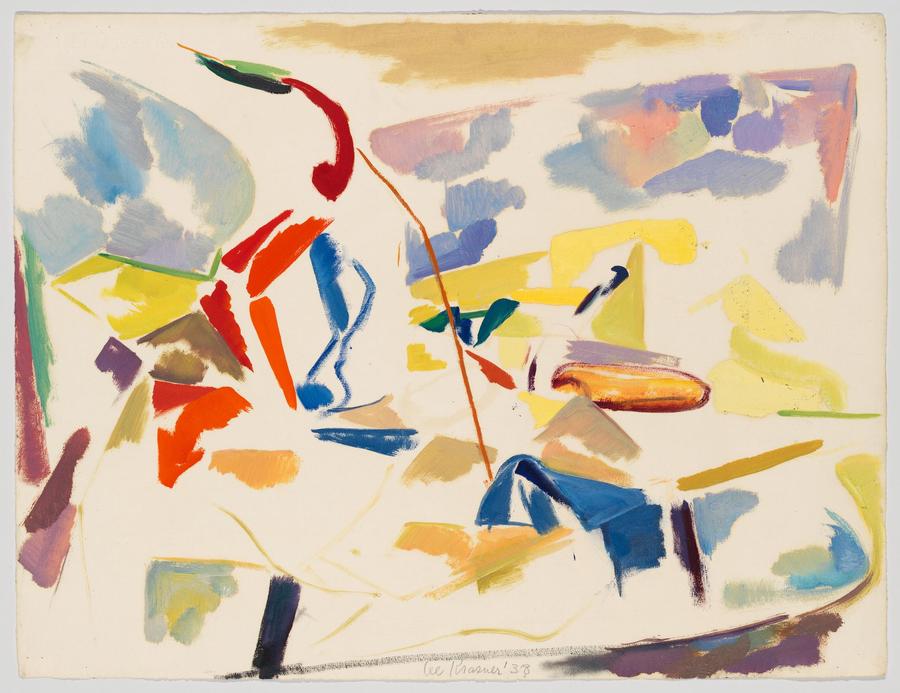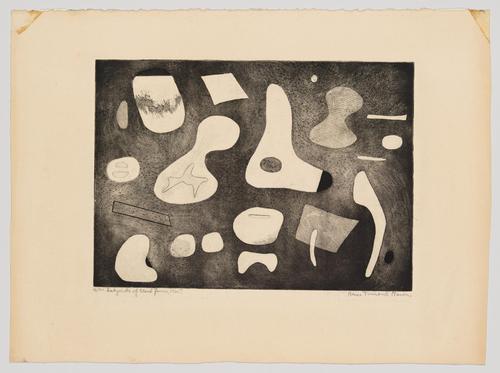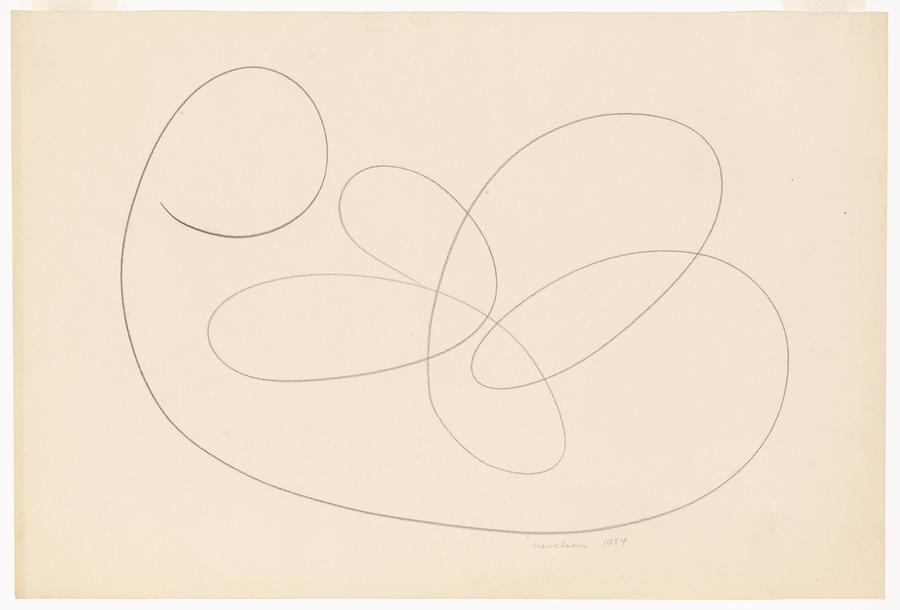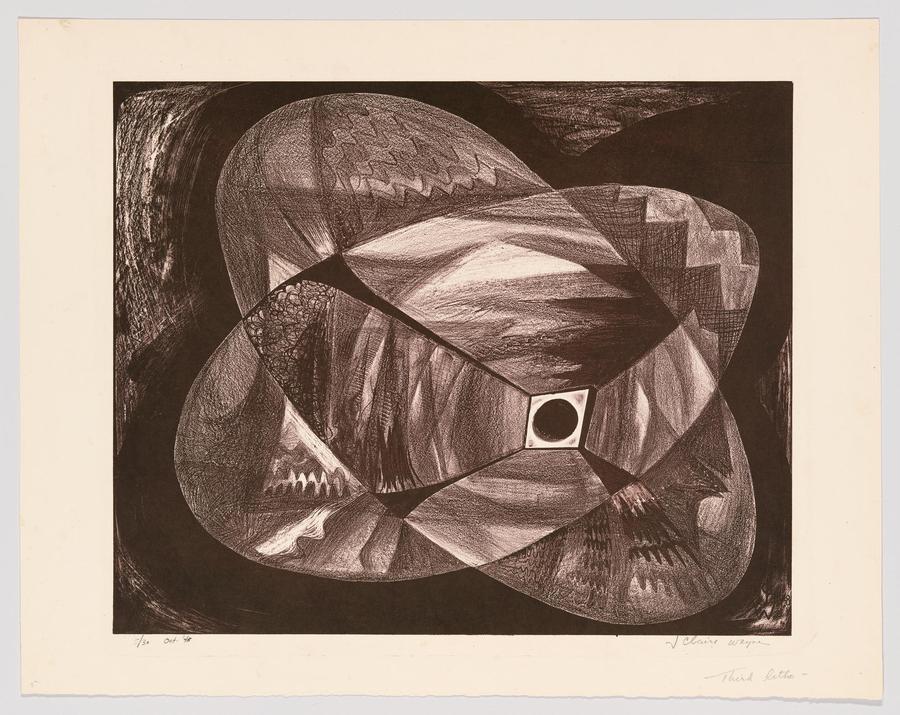Whitney Museum of American Art
October 9, 2021 to March 2022


The Whitney Museum of American Art presents Labyrinth of Forms: Women and Abstraction, 1930–1950, an exhibition of works drawn primarily from the Museum’s collection that celebrates the innovative abstract art made by women in the first half of the twentieth century. The exhibition features over thirty works by twenty-seven artists. Labyrinth of Forms seeks to highlight the achievements of these groundbreaking artists and explores how works on paper, in particular, were important sites for experimentation and innovation. The exhibition is curated by Sarah Humphreville, Senior Curatorial Assistant, and is on view in the Museum’s third-floor Susan and John Hess Family Gallery from October 9, 2021 to March 2022.

Labyrinth of Forms, a title drawn from an Alice Trumbull Mason work in the exhibition, alludes to the sense of discovery that drove these artists to establish a visual language reflecting the advances of the twentieth century. Women played important roles in propelling the formal, technical, and conceptual evolution of abstract art in the United States. While a few of these artists, including Lee Krasner and Louise Nevelson, have been duly recognized, most remain overlooked despite their prominence within this burgeoning movement.
“Labyrinth of Forms is an exciting opportunity to reevaluate the history of abstraction in the United States. The exhibition sheds light on the vital impact artists of the 1930s and 1940s had on the evolution and reception of abstract art in this country, the integral role of drawings and prints in its development, and, of course, the essential contributions that women made. It also gives the Whitney’s audiences the chance to see works from the collection that have rarely, if ever, been exhibited before,” said Humphreville.
Abstraction flourished in the U.S. during this period in part because of increased exposure to European avant-garde art through modern art courses and new exhibition venues. Nevertheless, abstract artists were vastly outnumbered by realist practitioners, maligned by critics, and largely ignored by museums and galleries. In the face of these obstacles, American abstractionists forged a network of overlapping communities, organizations, and creative spaces, which allowed them to support one another, exchange ideas, and exhibit their work. Women were key figures in these groups and often took on leadership and organizational roles, wrote and gave lectures, and advanced methods of making, particularly in print media.

Labyrinth of Forms reveals the striking variety of interests, styles, and media that these artists embraced. The exhibition includes drawings, woodcuts, intaglios, lithographs, and collages. In a number of cases, artists combined approaches, as Katherine Dreier did in her Variation #4, from 40 Variations (1934). In this joyful, geometric work inspired by sailing and Beethoven’s music, Dreier applied bright watercolor hues over a lithograph base. Charmion von Wiegand similarly applied brilliant tones and collaged passages to her drawing Untitled (1942). The work originated as an automatic drawing, a technique introduced by the European Surrealists. Lee Krasner is represented in Labyrinth of Forms with Still Life (1938), an oil-on-paper drawing that uses ordinary, real-world objects as a springboard for an abstract composition. Krasner studied with Hans Hofmann from 1937-38; this drawing is informed by his lessons on the importance of negative space but is decidedly more radically abstract than the work her teacher created at the time. Like Krasner, the other women in this exhibition were innovators. In showcasing their works and reinvigorating their histories, Labyrinth of Forms challenges the dominant narrative of abstraction and brings to light the contributions of these previously excluded voices.